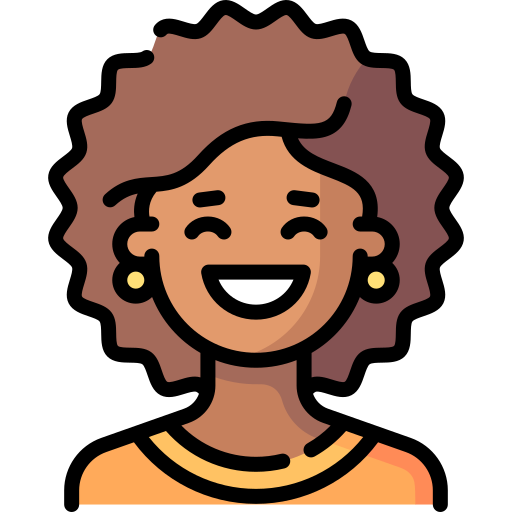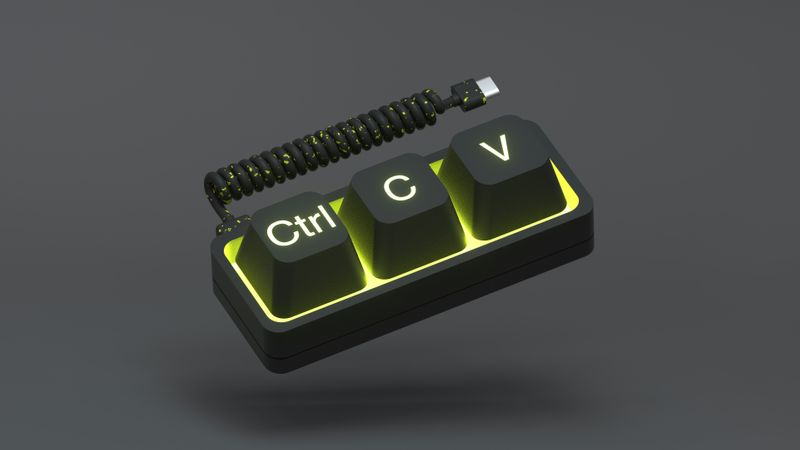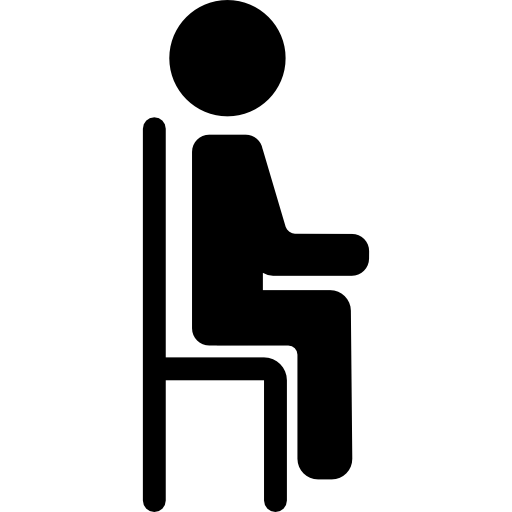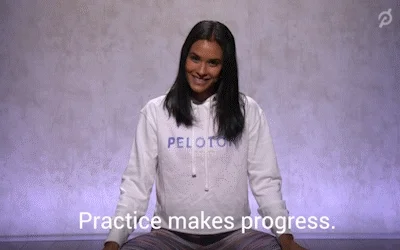Did you know fast typing is muscle memory? You wouldn't forget it if you learned it once.
You might think, in the age of touch screens, "Why should I learn to type faster?"

Let me explain the value of typing in my life. By typing more quickly, I've accomplished the following:
Ability to multitask: I can pay attention to others talking to me while continuing my tasks on my computer.
Save time: Typing fast without errors saves my time as I don't have to go back and forth checking my work.
Life skills: Typing travels with me through changes in roles and industries, giving me an advantage in new situations and enhancing my flexibility.
Why type faster?
Easily translate thoughts from your brain to the screen. You'll focus on creative thoughts rather than finding the right letters to type.
Be more productive, meet your deadlines faster, and save time for other things.
Improve your accuracy as you always look at the screen and spot mistakes quickly.
It's an important life skill to gain more opportunities in the workplace.

Now that you've learned the benefits, it's time to ask yourself, "How can I learn to type faster?" Here are some different strategies you can use.
Touch typing
Touch typing is a typing style where you use all your fingers to type without looking at the keyboard. Each finger has its own position on the keyboard. Practice regularly until your fingers find the right position.
Here are some tools to practice touch typing:
typing.com for beginners who prefer gamified learning modes
10fastfingers.com offers lots of typing practice for starters
monkeytype.com is minimalistic, with customizable typing tests and performance analysis
keybr has typing lessons based on skill levels
There are lots of tools available with fun typing games to make learning more interesting. Find the one that matches your skill level and start learning!
Let's see a scenario below:

Lisa is using online tools to learn touch typing, but she feels it takes time, and it's too slow. What do you think she should do?
A. Wait till she builds the muscle memory.
B. Follow two-finger typing — it's much easier
C. Be patient — learning any skill takes time.
Quiz
What should Lisa do in the above scenario? Select all that apply:
Learn keyboard shortcuts
Become familiar with keyboard shortcuts for operating systems and applications that you use frequently. It saves time moving your fingers between the mouse and the keyboard.
 Photo by ilgmyzin on Unsplash
Photo by ilgmyzin on UnsplashFollowing are some of the ways to master keyboard shortcuts:
Create cheat sheets of keyboard shortcuts and keep them handy to practice.
Make connections to remember the shortcuts. For example, "Ctrl + C" is copy where "C" refers to copy, and "Ctrl + X" is cut where "X" refers to cut.
Use apps to learn shortcuts for programming languages and make your own collections.
Practice extensively, and use keyboard shortcuts at every chance you get.
What would you advise to Ibrahim?

Ibrahim is starting a new position at a hospital. After 2 weeks, he finds it tough to multitask — taking notes from his superiors, typing medical reports, and referring to patient records from internal systems — all at once. He feels bad asking his manager to slow down and doesn't want to appear inefficient.
Consider the following options for him:
A. Practice typing and become a fast typist so he doesn't have to interrupt his manager when dictating tasks, and also type reports faster.
B. Seek help from his peers about how they're able to multitask.
C. Master keyboard shortcuts to access multiple tabs at once on his computer.
D. Just continue the way he works now. He'll learn on the go and become efficient over time.
Quiz
How can Ibrahim become efficient at the workplace?
Focus on accuracy

Typing with accuracy is more important than your typing speed. Correct spelling and grammar are required in all occupations, therefore, being able to type error-free is considered a crucial skill.
Practice with the following websites to expand your typing vocabulary:
problemwords helps you practice accuracy with common and rare words
pairtype has a lot of bigrams to practice
Bigrams are pairs of letters that often occur together in words. For example, "es" repeatedly is present in words like "yesterday", "desert", "waitress", etc.
Being accurate can increase your speed, as you don't have to stop and keep correcting your mistakes.
Tips to improve accuracy
Repeat typing the words where you make mistakes until you get it right.
Type each word slower than you normally would, and pause for a second before you type the next word. Start with a few words like this and slowly increase the word count.
Prioritize accuracy on your typing tests and aim to be more accurate each time.
Don't aim for 100% accuracy in the beginning. Analyze where you're going wrong and correct it.
Find a topic that interests you. Start typing about it in a blog or word processor, and don't focus on the speed like in a typing test. It's all about typing without mistakes and getting your thoughts right. If you make a mistake, retype the word. Don't backspace it. This method trains your mind to focus on typing the words correctly over time.
Quiz
Mia practices typing everyday and attempts typing tests to increase her accuracy. But she feels she's just not there yet. What can help her?
Analyze your mistakes
Analyzing your typing mistakes is crucial to making progress in your typing journey. If you take online typing tests, they usually provide feedback on your performance. Over time, you can read all the feedback logs to identify the problem areas.
Let's see an example of how to identify and correct your errors.

Mia uses online software to learn to type faster. She is making progress, and her analysis helped her correct her mistakes. Below is her approach:

She observes that she frequently transposes the letters "T" and "H" while typing words like 'the' and 'that'.

She spots a pattern — mistakes happen when she's not using the correct fingers on those keys.

She focuses on practicing words and exercises that include "T" and "H" using the correct fingers.

She ensures her hands arere positioned correctly on the home row, and she isn't looking at the keyboard while typing.
A systematic approach can help you address your mistakes and achieve accuracy and speed.
Proper typing posture
 Photo by Alejandro Escamilla on Unsplash
Photo by Alejandro Escamilla on UnsplashA correct posture allows your neck, shoulders, back, and arms to relax and promotes blood circulation to the lower arms and hands.
To prevent strain and injury, take a ten-minute break every hour. Stand up and walk a short distance, and ensure proper hand position on your keyboard.
Remember, pain is a way your body tells you that there's something wrong with your posture. If the pain doesn't improve after correcting your posture, consult a doctor.
Here are some do's and don'ts regarding your typing posture:

Do's
Sit straight with your back supported in an upright position.
Keep your feet flat on the floor. Your knees should be at a 90-degree angle lower than your hips.
Keep your keyboard and mouse close to each other and at the same level.
Take regular breaks, stand, stretch, and move around every 30–60 minutes.

Don'ts
Don't let your shoulders bend forward or your back hunch.
Don't cross your legs, as it stops blood circulation in your legs.
Don't reach for the keyboard and mouse, as they strain on your shoulders, arms, and wrists.
Don't sit in a place for too long, as it stiffens your muscles.
Take Action
Typing is a skill that is mastered through regular and repeated practice. Be patient — like any other life skill, it takes years to achieve speed and accuracy and build muscle memory.

Here are some helpful tips to progress faster:
Your feedback matters to us.
This Byte helped me better understand the topic.
